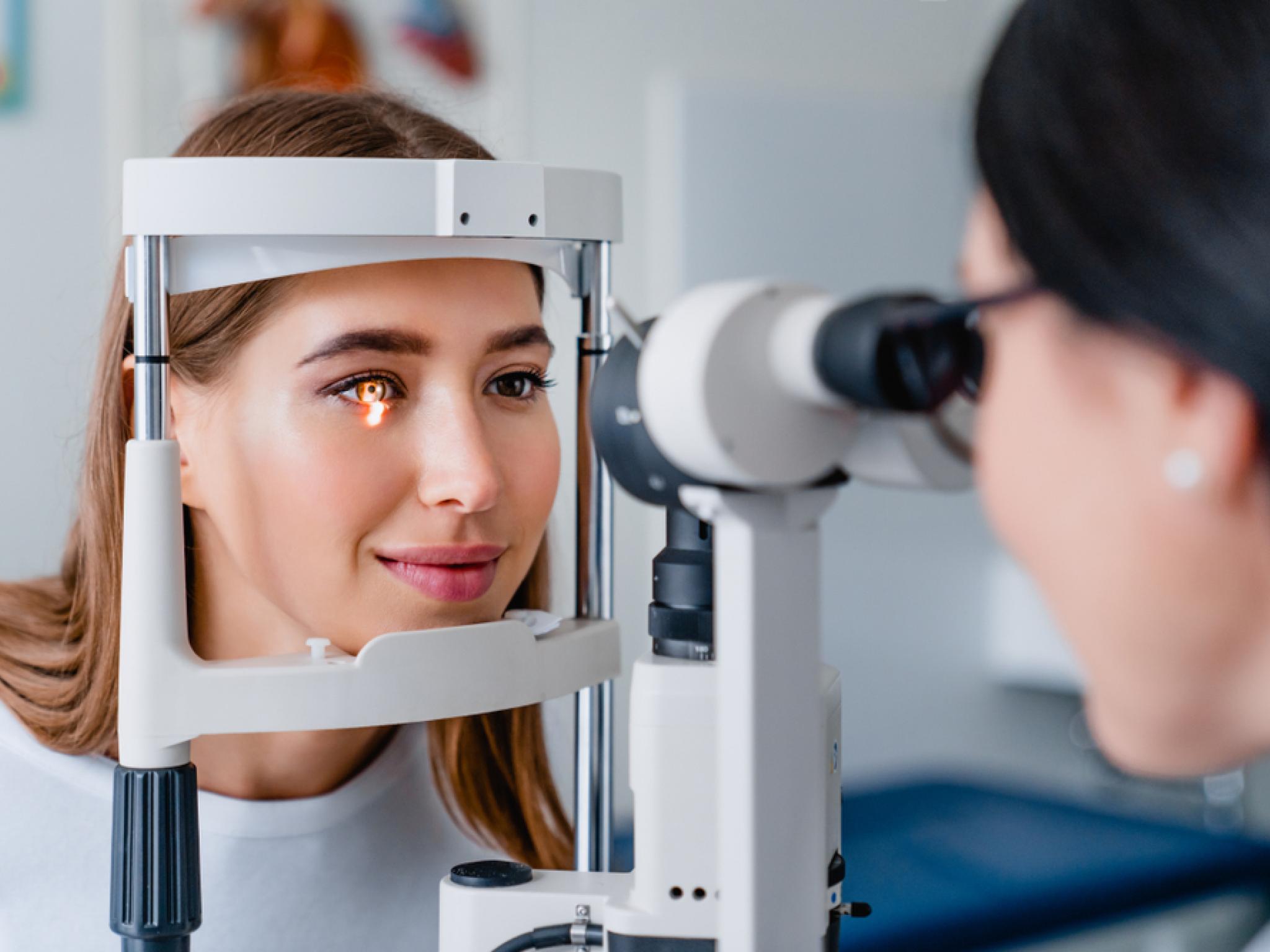Viatris Eye Drops Data Shows Promise For Blurred Near Vision
Author: Vandana Singh | June 26, 2025 01:07pm
Viatris Inc. (NASDAQ:VTRS) and Opus Genetics, Inc. (NASDAQ:IRD) revealed topline results from VEGA-3, the second pivotal Phase 3 trial evaluating MR-141 (phentolamine ophthalmic solution 0.75%) for presbyopia.
Presbyopia is the gradual loss of near-focusing ability due to aging that typically becomes noticeable in the early to mid-40s. It is a nearly universal condition that, when uncorrected, contributes significantly to vision-related disability.
It affects nearly 128 million people in the United States, about 90% of adults over 45. By age 50, most Americans require some form of near-vision correction, such as reading glasses or multifocal lenses.
Also Read: Goldman Sachs Bullish On Branded Drug Upside At Teva: What About Viatris?
Viatris Chief R&D Officer Philippe Martin said, “We are pleased with the positive results from the second pivotal Phase 3 trial, which reinforce our confidence in MR-141 and its benefit-risk profile as a potential, non-invasive option to support the millions of patients impacted by this condition.”
Significantly more patients treated in the MR-141 arm achieved the primary endpoint of Early Treatment Diabetic Retinopathy Study (ETDRS) (≥3-line) gain in binocular distance-corrected near visual acuity (DCNVA) and with less than five letters of loss in binocular best-corrected distance visual acuity (BCDVA) from baseline at 12 hours post-dose on Day 8, compared to placebo (p<0.0001).
More patients treated in the MR-141 arm achieved ≥15-letters ETDRS (≥3-line) gain in DCNVA and with less than five letters of loss in BCDVA at 1-hour post-dose on Day 1 compared to those receiving placebo (p=0.0002).
Significant patient-reported functional benefits at Days 3, 8, and Week 6 were observed, with patients reporting satisfaction with near vision upon awakening (p<0.0001) and satisfaction with their improvement in near vision (p<0.0001).
Patient reported significant improvement in near vision in dim/low light at Days 3, 8 and Week 6 compared with placebo (p<0.0001).
During the 6-week follow-up, no evidence of tachyphylaxis (an acute, sudden decrease in response to a drug) was observed.
MR-141 demonstrated a safety profile consistent with previous trials. No new safety signal was identified, and no treatment-related serious adverse events were reported in this study.
The most common (≥5%) treatment-emergent adverse events included conjunctival hyperemia, instillation site irritation, and dysgeusia, which were predominantly mild. A low rate of headache (2.6%) was reported over the study period.
Price Action: VTRS stock is up 1.97% at $9.065, and IRD stock is trading higher by 5.13% to $1.02 at last check Thursday.
Read Next:
Photo via Shutterstock
Posted In: IRD VTRS





